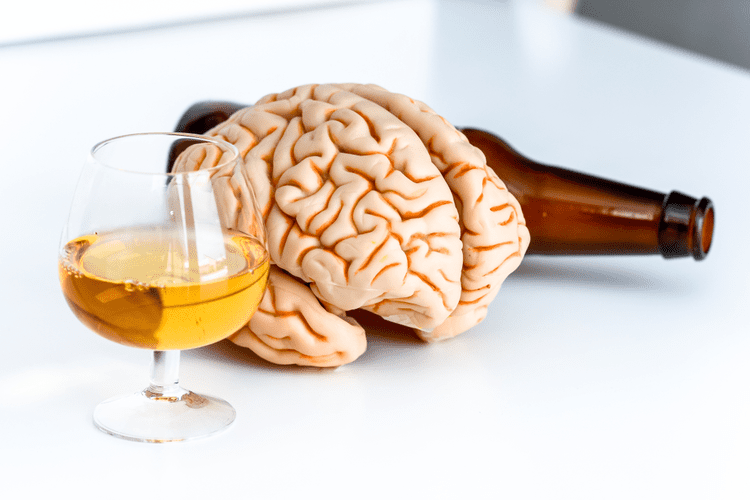100 Art Therapy Ideas: Effective Therapeutic Art Therapy Exercises
Addiction is a disease that dramatically affects the brain and its functionality. Art therapy for substance abuse addiction recovery is an effective tool for rebalancing the brain and helping patients find their path to sobriety. The container metaphor can serve as a physical symbol that can tap into those feelings and experiences. Exploring the concept of “containment” through art can help clients uncover things that are being contained. It can also help them contain things that may feel overwhelming or out of https://vpeg.info/archives/7958 control through visual and/or tactile means.
- Art offers an alternative, allowing for the expression of feelings that might be too challenging to vocalize.
- These projects not only provide a creative outlet but also help build social skills and a sense of community.
- The exercise develops cooperation, the ability to work in a team.
- Drug addiction painting sessions, for instance, can help individuals visually represent their struggles and triumphs, creating powerful narratives of recovery.
- This simple yet powerful art therapy directive works well for clients who are struggling to define who they are.
Addiction Destroys Dreams, We Can Help
Discover the power of naturopathy with our beginner’s guide. Learn how natural remedies can help promote holistic health and wellness. Individual vs Group Therapy – Two Paths to Healing Considering whether individual vs group therapy is the right choice for you?

Art Therapy Ideas & Art Therapy Exercises: Your Path to Harmony from Artistro

Triggers can be powerful obstacles in recovery. Creating a collage focused on known triggers (people, places, feelings) can increase self-awareness. Here, individuals often choose clay or other malleable substances, which respond to the slightest touch, allowing for a depth of expression that words can sometimes fail to capture. Anyone’s journey through addiction and recovery is deeply personal and fraught with challenges. Art therapy offers a non-verbal language for expressing complex or painful feelings that may be too difficult to articulate.
Exploring Identity Through Collage Art Therapy Activities

This art therapy art therapy ideas for adults in recovery activity helps with both externalization and containment. Once they fill the container with imagery to represent the emotion, you can then help them process what is on the page and inside the container. For example, when I was in grad school, our studio art therapy professor asked us to make a box out of cardstock that represented our memory bank.
How to Facilitate this Art Therapy Activity for Adults
Aromatherapy can create a calming atmosphere and promote relaxation. So, where appropriate, essential oils can be used to complement and enhance art therapy activities. Use a diffuser in the corner or the center of your space to diffuse and spread the scent throughout the room. Some essential oils are even thought to help reduce pain, promote mood and lessen anxiety. Similar to the emotions color wheel above, a collage of emotions can help participants to better identify and understand their feelings.
PTSD Awareness Day: Understanding Symptoms and Support
While art therapy can be deeply personal, some might find empowerment in sharing their journey. Putting together a digital story, whether through video, a slideshow, or even a written narrative paired with images, offers a unique way to reflect on one’s life journey. Sometimes, emotions related to addiction are a tangled mess that words can’t express. Collage offers a nonverbal way to communicate your inner experience.
Apply paint to a sheet of paper with plenty of water. At the very end of the work, blow color spots through a thin tube, forming droplets, splashes, and color mixing. This exercise hones hand coordination, helps to overcome stress. Painting and drawing exercises alcohol rehab remain staples of art therapy, providing a direct channel for emotional release.
Addiction Art Therapy Ideas: Creative Approaches to Healing and Recovery
Let’s dive deeper into this fascinating intersection of creativity and healing. If you’ve had to sever ties with people who don’t encourage you to improve your own life, you may find yourself lonely during your recovery. Nonetheless, engaging in artistic pursuits offers a new way to meet people with interests and build a support group. A prevalent side effect of alcohol abuse or drug addiction is alexithymia, which is the inability to recognize and express feelings that one or others may be experiencing. They are unaware of their emotions and those of others since they are not emotionally aware.
